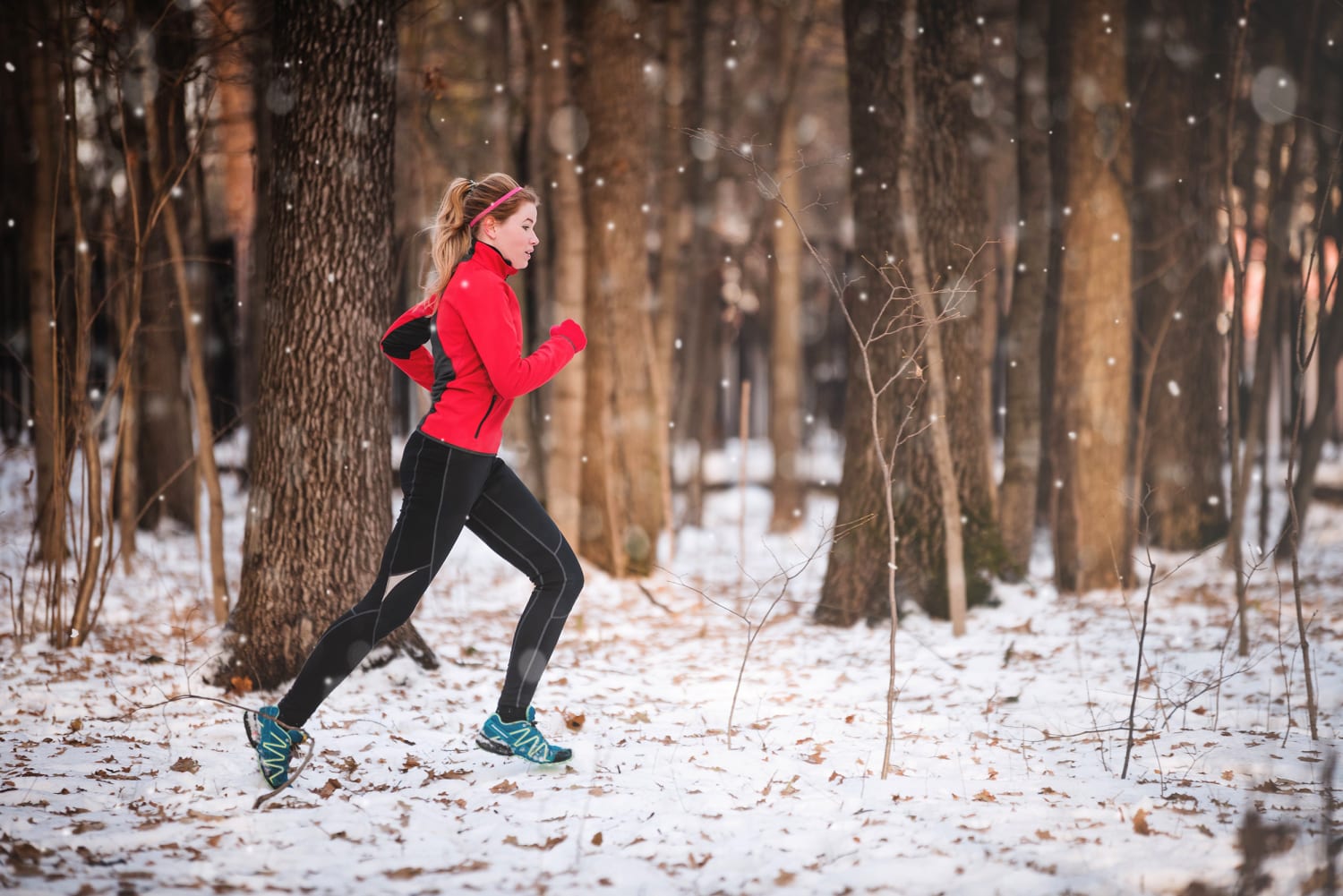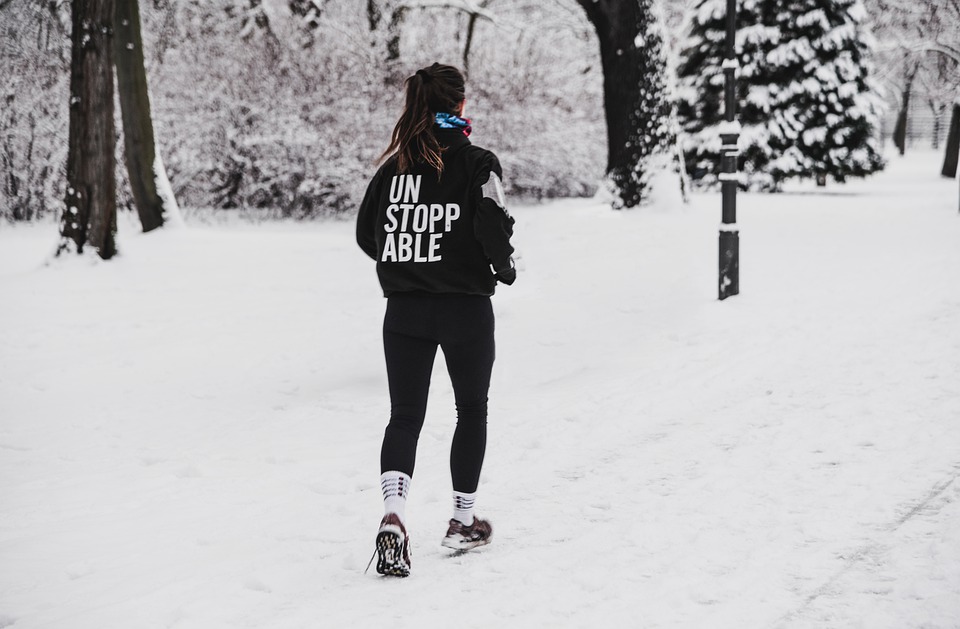The winter season has just begun, so don’t be surprised by the cold in the paddock and don’t forget the basics of sports outerwear! Dressing for winter sleet is a science, and if we understand its laws, we can alleviate a lot of discomforts.
Layering
So, why is layering so essential? During exercises, our pace changes, and the way our body functions and warms up changes as well. That’s why we need to respond immediately to our body’s condition in the form of clothing. So, if you don’t want to relax during winter outdoor leisure activities, tops made of special functional materials should never be left out of your wardrobe.
First Layer
The absolute foundation is the first layer, whose role is to efficiently carry the sweat from the skin to the outside of the garment and from there transfer it to the second layer.
Second Layer
The purpose of the second layer is to retain heat and channel the sweat to the environment or another layer.
Third Layer
The third layer on the outside then becomes a shield that protects you from the elements. Athletes place the highest demands on this layer to protect their bodies from rain, wind, and cold. At the same time, it allows for the final removal of sweat and excess heat from the lower layers. This creates the so-called onion system. In other words, many thin layers can create one or more thick layers. The reason for this is that the air pockets between the layers play the role of insulation.
Proper Care
Do not use fabric softener when washing sports equipment. It may interfere with the fibers and reduce their functionality. It is also advisable to use detergents that are suitable for washing sportswear. It would be best if you also were careful of mechanical damage. Touching the velcro, for example, can cause fatal damage, especially if it is synthetic.

What About Wearing Above and Below Freezing Temperatures?
For high-intensity activities, the rule is “less is more’’. If you wrap up your body, you risk overheating. The automatic solution to this is to remove the layers, and this will help you cool down. When the temperature is 5 to 10 degrees Celsius, wear a long-sleeved functional T-shirt and a thin sweatshirt made of practical material as the first layer.
If it starts to rain or the temperature goes below zero, you can also wear a windcheater or waterproof jacket. Insulated leggings will keep your legs and buttocks warm. And wear a headband or hat on your forehead and a scarf on your neck. If it is freezing, you can also warm your chin and mouth. High socks or stockings are also necessary for winter running. Barefoot ankles are all the rage, but not in sports. If your ankles get cold, you can easily hurt your achilles tendon.
Of course, we all are different. We all sweat differently, feel hot and cold differently, and run differently, at different speeds and distances. So, it’s good to try and figure out the situation for each run before going. To do so:
-Stick your head out of the flat to get a feel of what’s going on outside and how you’re feeling.
-Dress as if the temperature outside is at least 10 degrees Celsius. You will feel a little cold at first, but don’t worry, it will disappear after a few minutes of movement.
There is no bad weather, just poorly dressed runners but if you follow our tips you won’t be one of them. What do you usually wear for winter sports? Let us know in the comments below!





